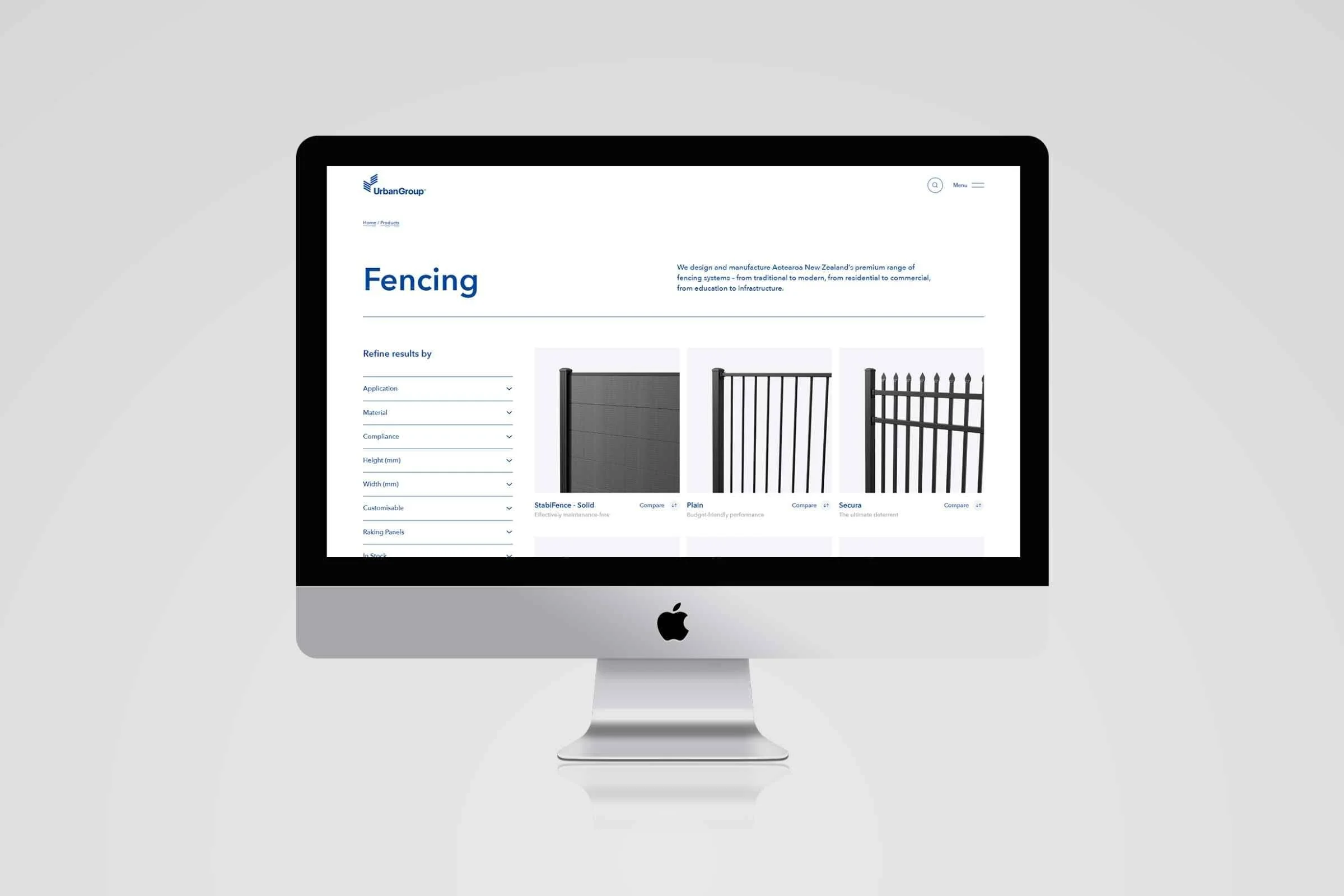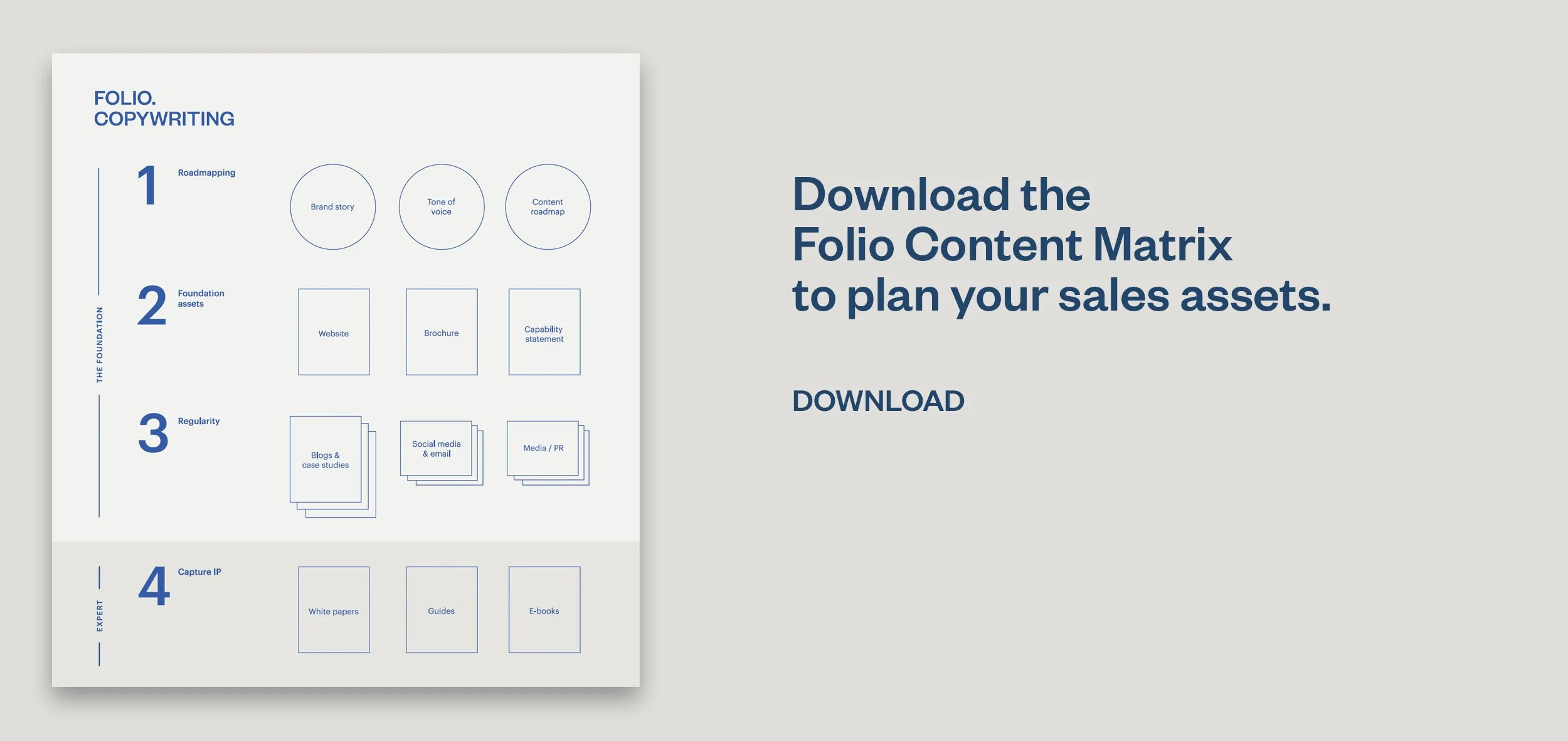Building trust with architects and specifiers
Architects and specifiers are looking for the bare facts, with no spin. When product selection is tied so closely to professional reputation and risk, they take this assessment process seriously and have no patience for inflated claims or greenwashing.
If you’re a manufacturer or importer of building products in Aotearoa New Zealand, your brochure and product web pages are key sales and marketing assets when building brand awareness, lead generation, reputation and trust.
Up until recently, there has been limited guidance on what information to include, and the industry has kept information brief and aspirational. If a specifier needs more details about your product, the responsibility has been theirs to seek out the information and data they need to make product assessments.
It’s a big decision for specifiers; they can’t afford mistakes. As an ex-architect, I’ve heard time and again that architects want to be presented the facts – not ‘sold to' – so they can make the right decision for the job and not simply be persuaded by sales copy, which has an inherent bias.
Position yourself as the trusted guide
At Folio, we believe the best strategy is to position yourself as the trusted guide – a subject expert who is helpful, knowledgeable and resourceful. Your website and catalogue need to support this by providing the information specifiers and builders need, which is easy to find, in the right format, and with the right level of detail.
Without easy access to the right information, the heavy lifting is transferred to the specifiers and builders to assess whether a product is going to be code-compliant or fit-for-purpose.
Clearly, when your information is transparent and accessible, they are more likely to engage with your business and specify your product. The harder to find or more opaque the information, the more likely they are to look for alternative solutions.
Urban Group website. Text by Folio. Designed by Wildlabs.
Limited access to information affects everyone
The costs are high for all your stakeholders when information is hard to find or hard to use:
Specifiers struggle to make informed decisions about the best product for the job.
Builders may not install the product correctly, leading to defects and legal fights, and even affecting building insurance.
Councils can chew up valuable time in the consent process, hunting for further information.
With difficult access to instructions for proper use or maintenance, building owners may handle or maintain products incorrectly, affecting warranties.
Building product information requirements (BPIR)
After 11 December 2023, this all had to change, with the BPIR legislation taking effect. Anyone who manufactures, imports, sells or distributes building products in Aotearoa New Zealand must now provide a minimum level of information about their products to the market.
This includes product descriptions, scope of use, compliance statements, installation and maintenance requirements, and more. It’s up to suppliers to provide clear information about how building products comply with the Building Code and how they perform under different conditions and uses.
Additionally, this information must be publicly available online, maintained on a website that anyone can easily access. The information also has to be clear, comprehensive and able to be understood by a wide range of people – and any claims you make about your products have to be backed up by evidence.
If product information hasn’t been a focus for you in the past, these new obligations may seem more like obstacles. But if we take some recent insights about buyer behaviour into account, it’s easy to see how these requirements are positive for your brand reputation.
EBOSS and Building Confidence provide a BPIR Ready service to help building product companies meet the new rules.
The currency of good information
A 2023 survey of US architects found that the manufacturer’s website was the first place architects would go to research building products, actively looking for thorough information about building products. They check descriptions, read case studies, order samples – and all of this can lead to being specified on projects.
This means the new regulations are more than something you have to do … they are something you want to do, because providing high-quality building product information inspires confidence in your products. If you haven’t done it already, now is a perfect time for an audit of your existing product information to see where the gaps are.
Even the driest technical information can be executed with clarity, consistency and command. Think of a visit to the doctor. How assuring does it feel when all the facts we need are laid out clearly and comprehensively? How much trust do we get from an authoritative voice, one that doesn’t need pushiness or puffery to be heard? Good information, design and writing can do the same thing, answering questions and fostering trust.
If these new regulations have thrown you a curveball, we feel your pain. But we also feel the potential. Across web, social media and print, we can build you a genuine presence in the market.






